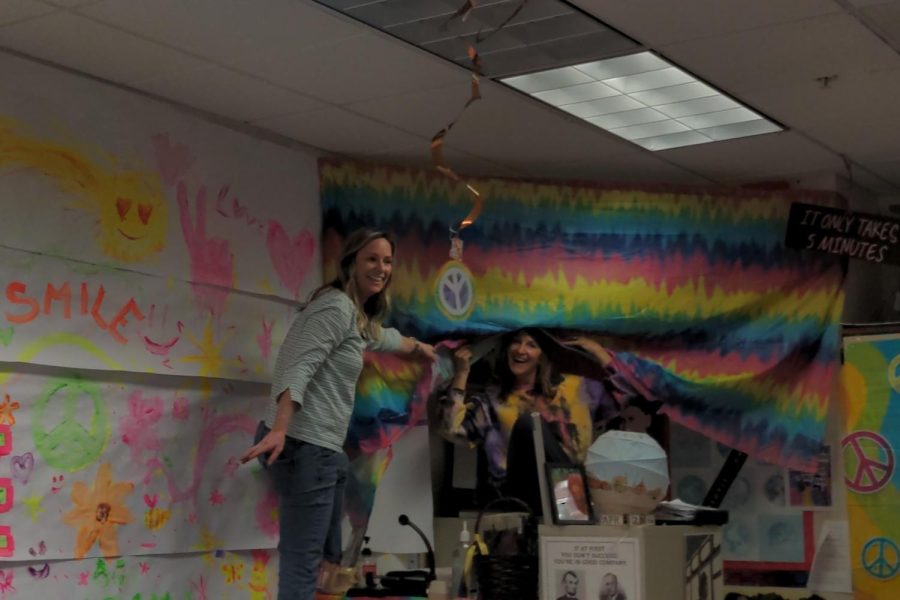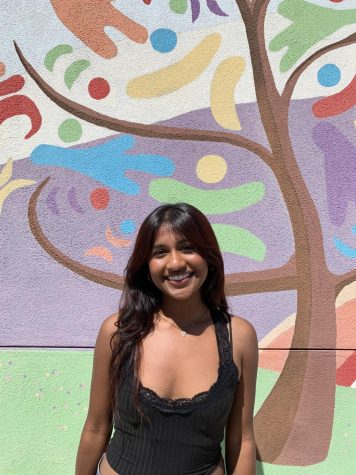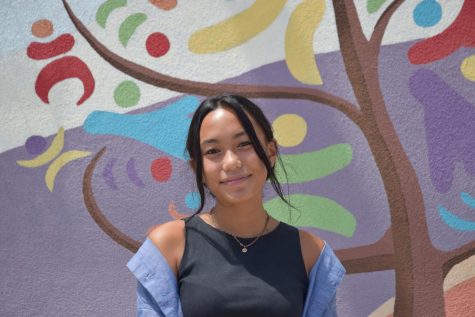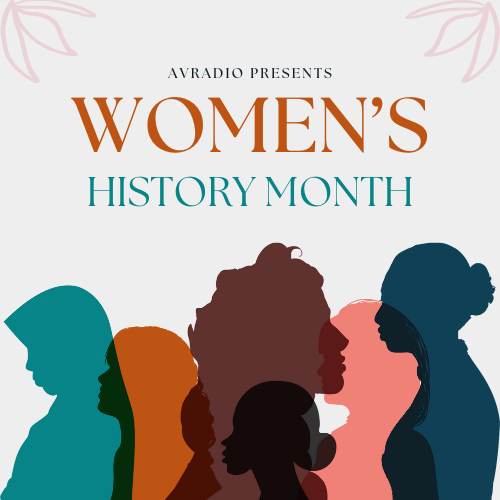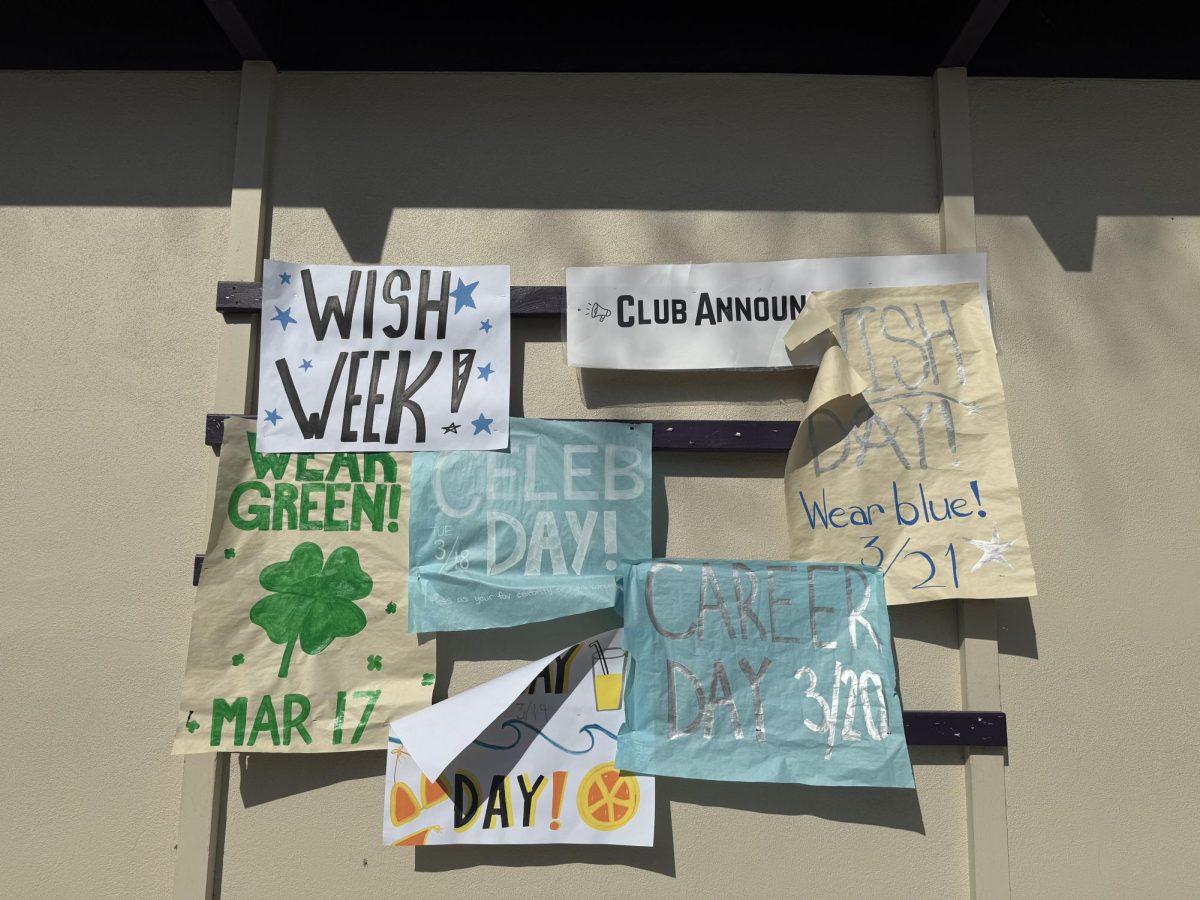Amador juniors celebrate Counter-Culture Day
History teachers Mrs. Battilega and Mrs. Murray went all out to set up colorful tapestries making sure to cover every last inch of history- related content.
April 26, 2022
Peace, love, and bell-bottoms: the most iconic parts of counterculture. At Amador, junior U.S. History classes embraced their inner hippie with Counter-Culture Day, a day meant to celebrate the United States’ history of going against the norm and improving the world.
“There’s a long-standing tradition here at Amador to bring the junior class together to celebrate different cultural iconic moments in our country’s history. We take a look at the culture that ran counter to the mainstream in the 1960s. So, right now, most of our students are studying the Vietnam War; we spend some time looking at America’s efforts to fight the Cold War in Vietnam. The counterculture day is supposed to, again, bring all juniors together to celebrate this idea of student voice, of activism, and of empowerment and agency, especially within the youth,” said Jill Battilega, U.S. History teacher.
On Tuesday April 19, history classes set up tie-dye stations by the softball fields, complete with buckets of dye and rubber bands for making unique tie-dye patterns. According to L’Officiel, tie-dye was originally a trend among rebellious youth, eventually becoming a symbol of peace and free-spiritedness during the ‘60s and ‘70s.
“The U.S. history department is teaching students to tie-dye t-shirts to kind of experience something that was really popular in the ‘60s and the ‘70s and to have something to wear when we celebrate Counter-Culture Day next Tuesday. It’s just kind of a fun activity for all the juniors to kind of bond together as a class,” said AP U.S. History teacher Mairi Wohlgemuth.
Students were asked to bring in a white shirt to tie-dye, with history teachers even providing shirts for those unable to bring one themselves. After receiving instruction on how to tie their shirts, students had fun playing around with colors and patterns, getting a chance to express themselves while having fun with their classmates.
“We’re doing a tie-dye activity to learn about the 1960s culture, and it’s really fun. We get to be hands-on and learn a lot. My favorite part of today is that we get to pick the colors that we tie-dye and we get to have fun mixing colors and showing off our personalities through our tie-dye,” said Tony Wang (‘23).
This is not the first time history classes have celebrated a historical time period, as back in November, junior history classes dressed up for 20’s day. Celebrating historical periods gives students a chance to learn their usual studies in a way that is not only educational but also enjoyable.
“Counter-Culture is about going out of societal norms. It’s a break for us, as APUSH students, because we just finished taking finals and we have the multiple choice test next week so now we feel like we’re connected with the rights of the US students [back then],” said Charline Apard (‘23).
To prepare for Counter-Culture Day, U.S. history teachers like Mrs. Battilega and Mr. Bower completely transformed their rooms. On April 26, History classes were turned into colorful lounges filled with student-made neon drawings, bean bags, and lava lamps.
“Over the years we’ve gathered different decorations like the lava lamps, or students that have helped me tie dye some of the sheets that are used. Mostly, what you’re looking at are the efforts of my students and Ms. Murray’s students who came in and used paints via their artistic expression to be able to celebrate student voice, activism, agency, and peace and love,” said Battilega.
Ultimately, Counter-Culture Day serves as a break for junior students in one of the most stressful times of the year, enriching them in their U.S. History classes while giving them a day full of tie-dye, peace, and love.
“Junior year’s a really difficult year so we are mindful that as junior teachers we want to really help you guys to find ways to have school be fun, be creative and have it support what you’re doing in your other classes,” said Battilega.

